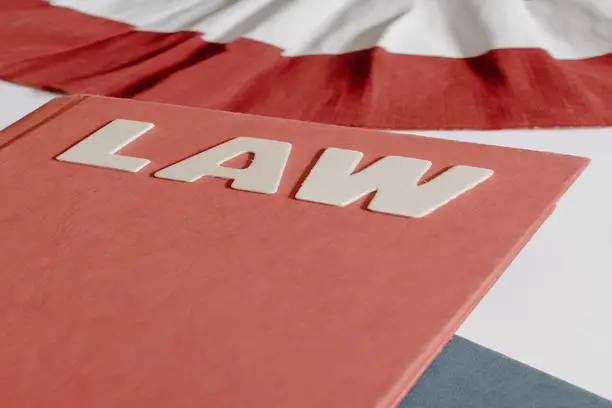


In recent years, social media has evolved into a vast platform for creative expression. Despite this, the role of intellectual property law in safeguarding innovation often goes unnoticed. This article delves into the debate around brand protection for Snapchat filters within the legal frameworks of Pakistan, the UK, and the US.
Snapchat’s filters, known for their innovative face-altering features, have sparked debates about originality and ownership. Instances of alleged appropriation from Instagram makeup artists have raised questions about brand violation and copyright. Exploring whether these filters qualify for protection under intellectual property law requires a nuanced understanding.
Pakistan’s broad protection for “original and cultural work” lacks a precise definition. Comparatively, the absence of relevant judgments necessitates referencing UK and US case law.
In the UK, the criterion for cultural work necessitates permanence and fixation. Precedents show that makeup, although akin to Snapchat filters in function, isn’t protected due to its non-permanent nature. This presents a challenge in categorizing Snapchat filters as cultural works under UK law.
The US demands fixation of work on a tangible medium for protection. While the Second Circuit emphasizes duration, the Ninth Circuit focuses on stability. However, Snapchat’s ephemeral nature poses difficulty in meeting the fixation requirement.
Snapchat filters exist transiently, primarily enhancing user experience rather than for commercial gain. Legal precedents from cases involving makeup and visual designs stress the need for permanence and commercial value, aspects the filters seem to lack.
The evolving landscape of social media technology challenges existing intellectual property laws. Snapchat filters’ unique characteristics pose intricate challenges, blurring the lines between copyright and patent law. The law’s adaptability to such novel forms of creativity remains a crucial area for development and clarification.
In conclusion, while the legal intricacies surrounding Snapchat filters persist across jurisdictions, a comprehensive review of intellectual property laws may be necessary to accommodate these new digital art forms effectively.